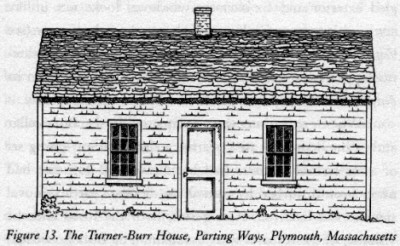In the article "America must equalize access home-ownership and its wealth opportunities" by Charlene Crowell, Crowell discusses the lack of opportunities for individuals and families who struggle financially to receive equal and accessible housing that permeates financial growth. The government practices discriminatory policies that enables minority races to build any sort of wealth and access financial aid (i.e. loans) to aid in mortgage payments. There exists a connection between this article and Parting Ways in regards to minority communities. In particular, Crowell states "new research by the Center for Responsible Lending, highlights how post-housing crisis lending trends perpetuate racial wealth gaps and housing segregation" (Crowell). Essentially, this modern dilemma depicts the housing status back in the eighteenth and nineteenth century. Communities thrived in the 1700's when the individuals that owned land were wealthy and Caucasian. Contrastingly, in Parting Ways, the four African American men were segregated in Plymouth and lived in intense poverty, just like the Latinos and Blacks in present day America. Furthermore, "these practices erect yet another barrier to wealth creation for these communities" (Crowell). Ultimately, because of this racial bias, African American communities, like those of Parting Ways, were unable to thrive financially and remained separate from the white colonized settlements.
Website Credit:
Crusader. “America Must Equalize Access to Homeownership and Its Wealth Opportunities.” Gary/Chicago Crusader. N.p., 15 Aug. 2016. Web. 6 Sept. 2016.

